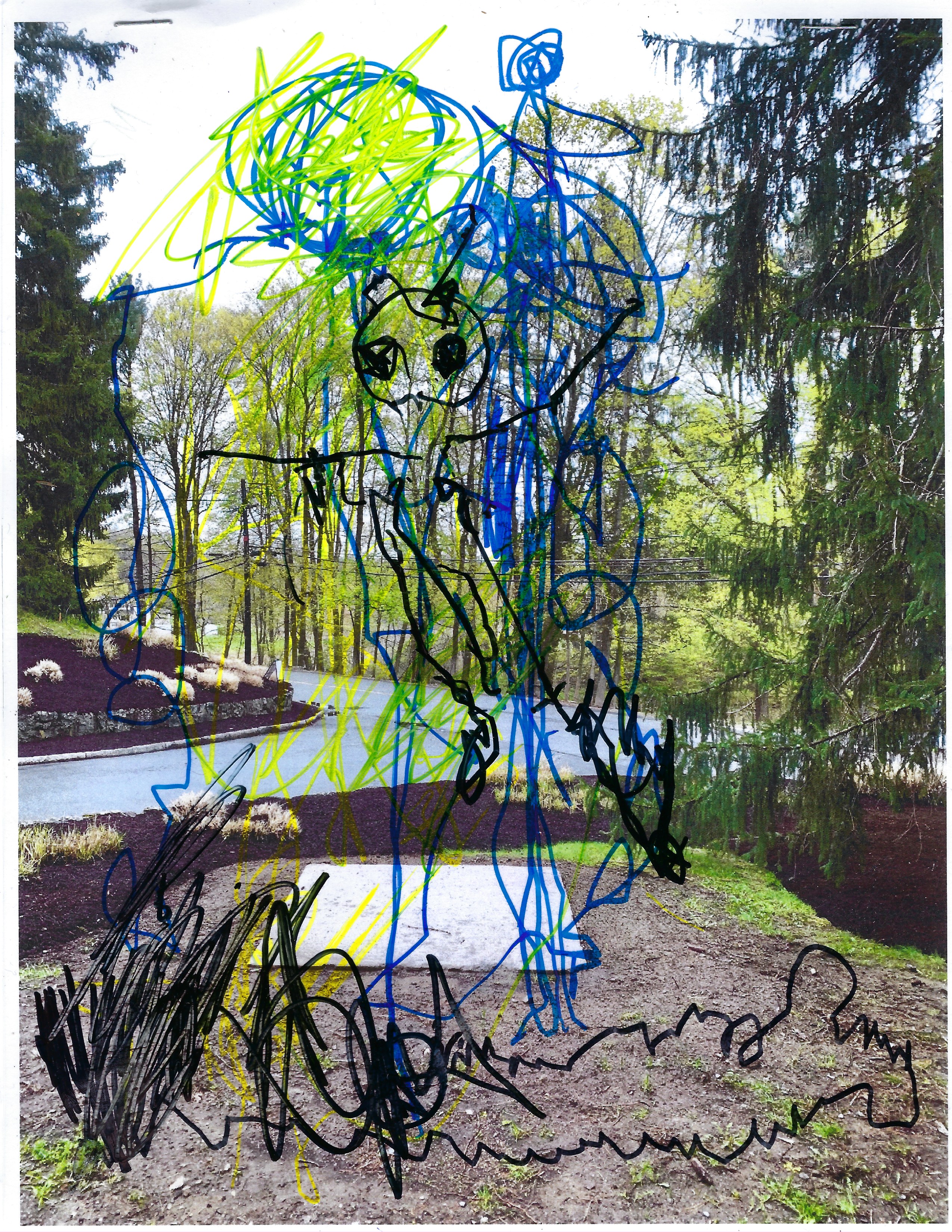When we think about children learning to write, it is easy to envision an end product—letters formed to create words. But how do children come to learn this concept? What does the process of learning to write look like?
This week in Studio Red, a flurry of writing erupted. Writing begins with understanding its purpose! It begins with the joy of envisioning a possibility. With a clipboard, paper and pen in hand, Helen began to record her environment.
“I’m writing what everyone’s doing!”
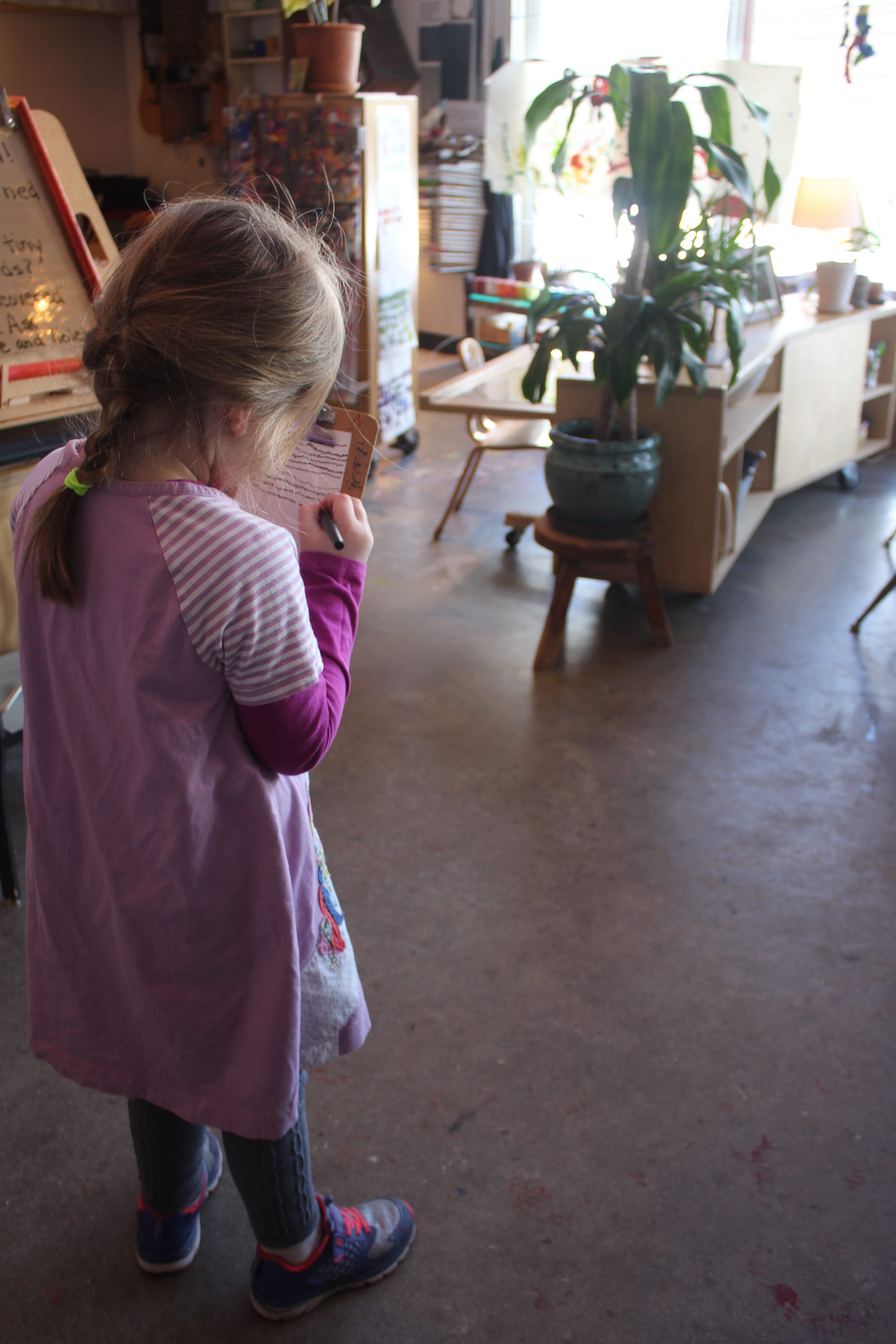
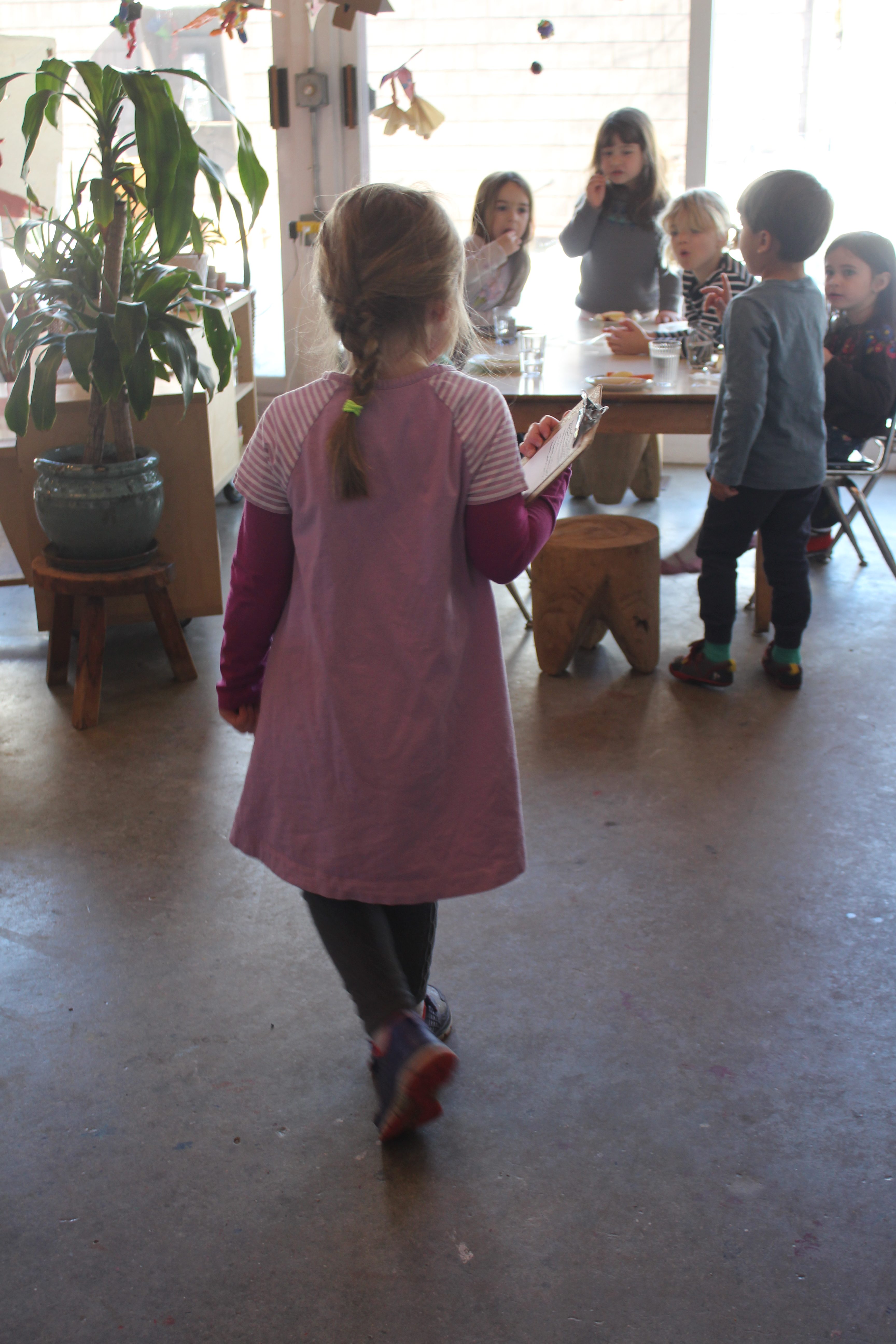
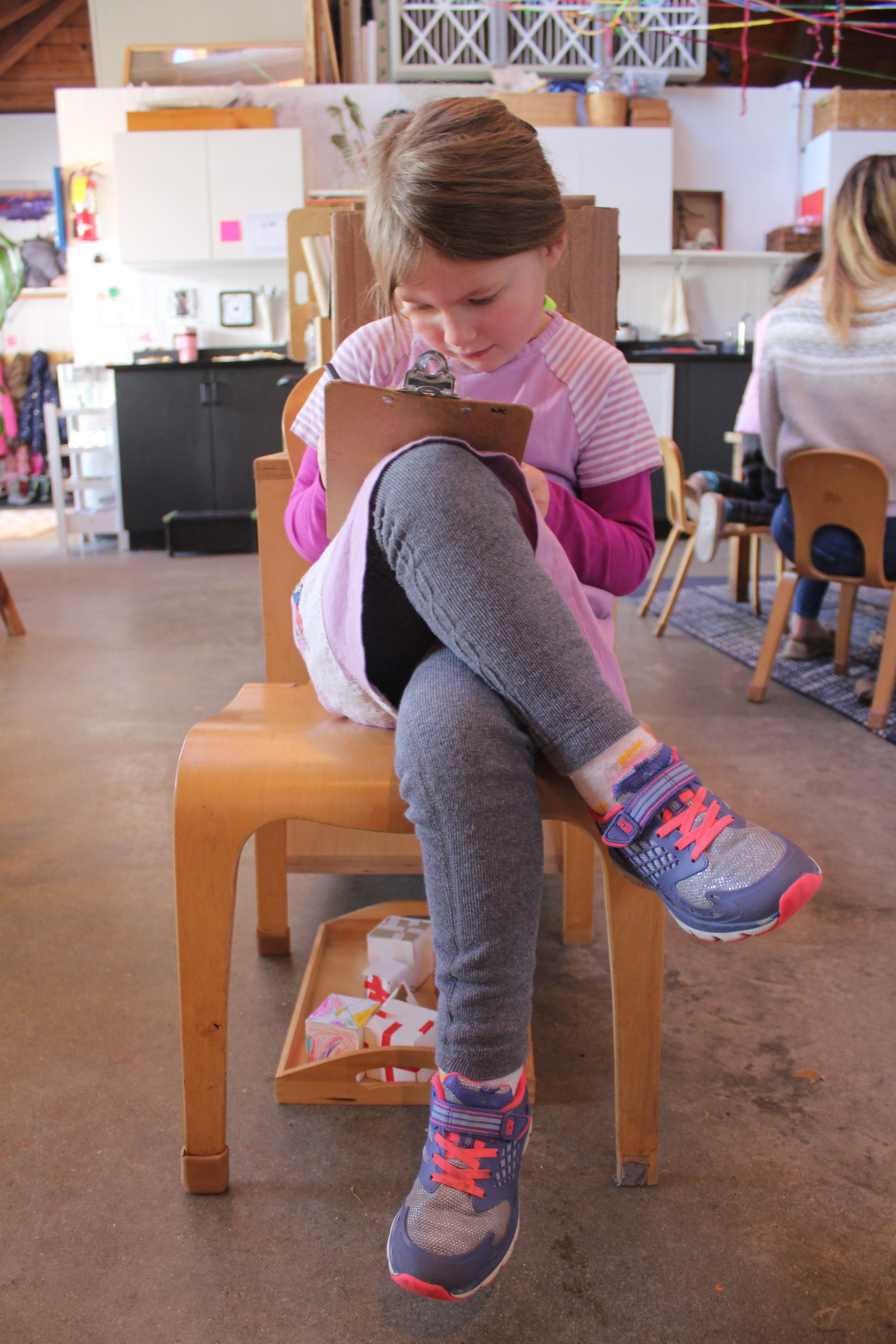
And others joined in the fun!
I'm writing down peoples in the entryway.
Alex records who is in a space.
I'm writing no one's here.
Ruby
I do them [words] close together so I can get more things about people.
Ruby
I made a book so I used two pieces of tape in the middle. I writed a script on the front and back.
Avery
I figured out everyone a lot of people are joining in writing what everyone is doing.
Helen
We writed about everybody.
Ruby
How do I write butterfly?
Sofia
An R for Ruby, an H for Helen. Now we added an S, for Sofia! Because we are all writing.
Ruby
Previous slide
Next slide
Children engage in the writing process when they are representing sounds and words through scribbles, strings of letters, or inventive spelling. While children do move through stages of expression, their developing understanding is not so linear. They shift from one form to another and back again in their efforts to make sense of the complexity that is writing.

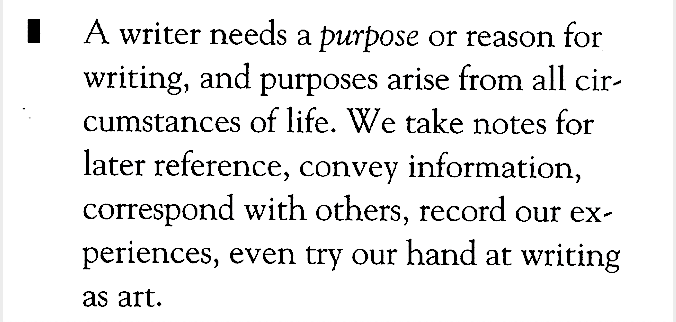



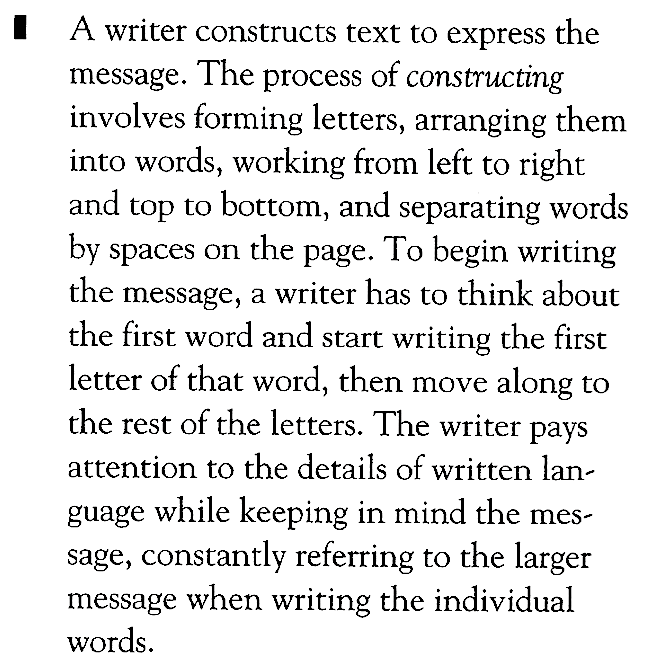
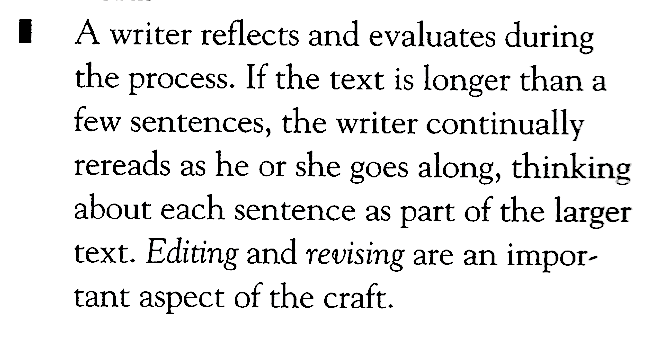
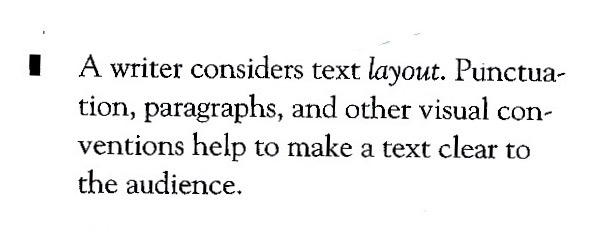

An excerpt from Interactive Writing, by Andrea McCarrier, Gay Su Pinnell and Irene C. Fountas
Helen writes to figure out what is happening in the studio. She writes to connect with her classmates. Then she writes to mark who is a part of this work, recording names.
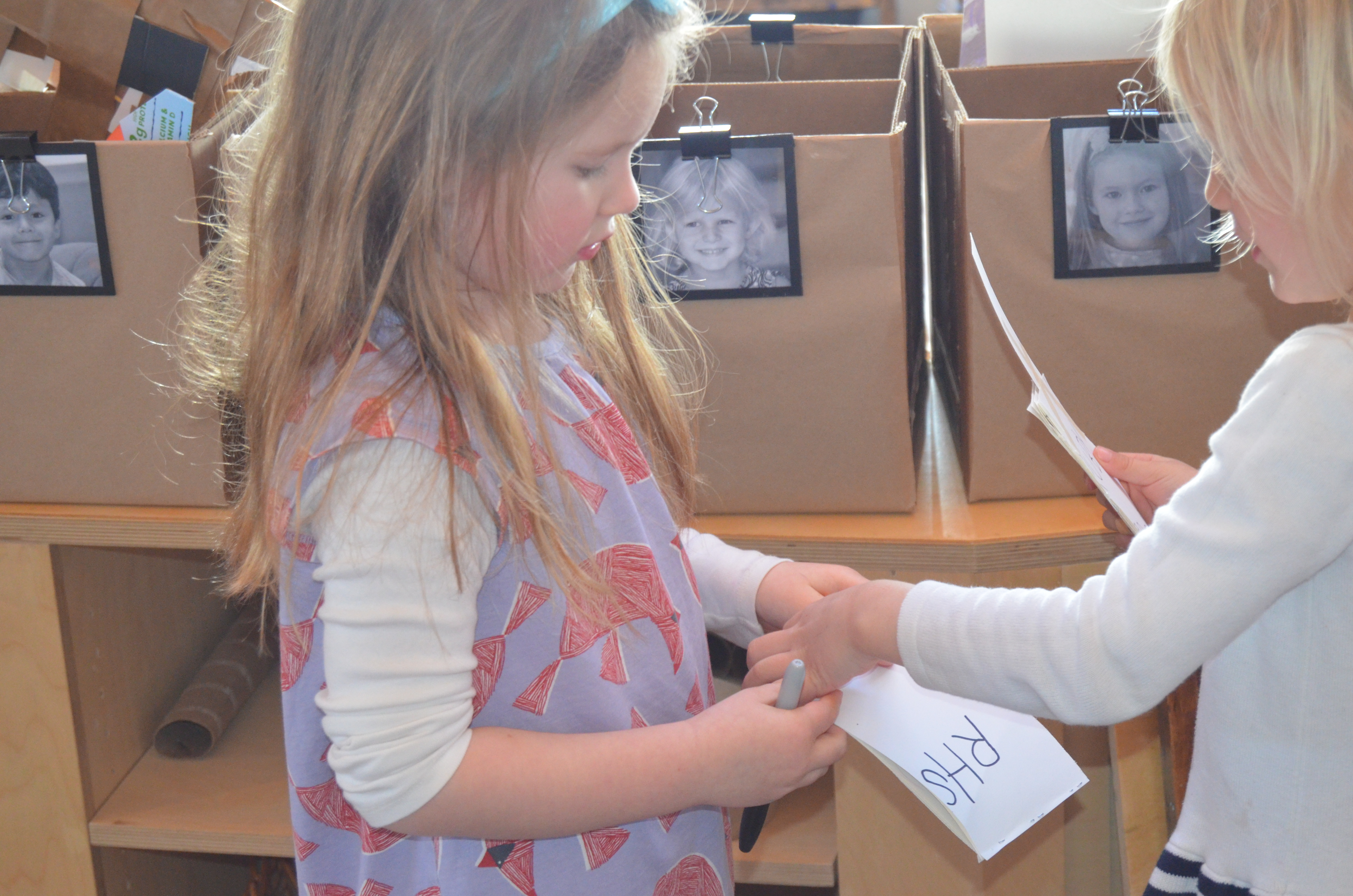
Ruby checks in with a teacher to see if her audience will receive the information she wishes to convey.
“Read this! What does it say?”
Sofia writes a sign for her fish, Nomy. She describes how she will tape the sign to Nomy’s tank so that the fish will see it. Others write musical notes during our afternoon rest to record songs they sing together.
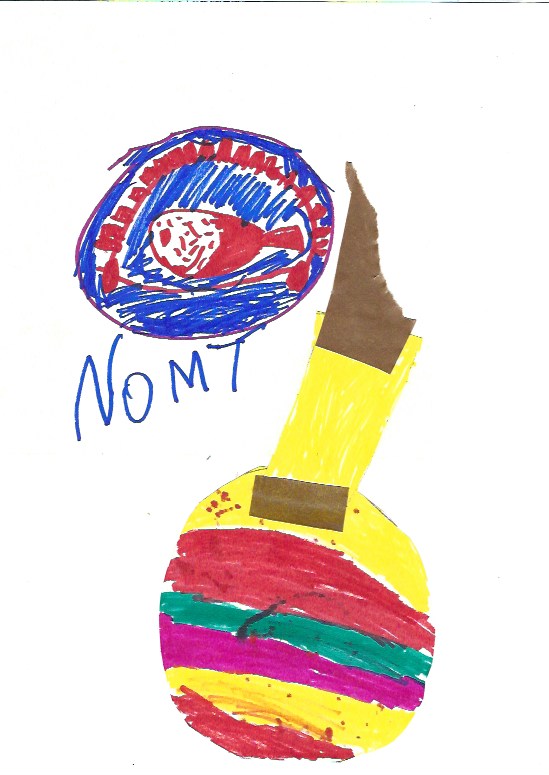

As a small group surveys the classroom happenings and records what they see, they compose the sentences they wish to mark down, speaking them aloud and writing line after line of scribbles.
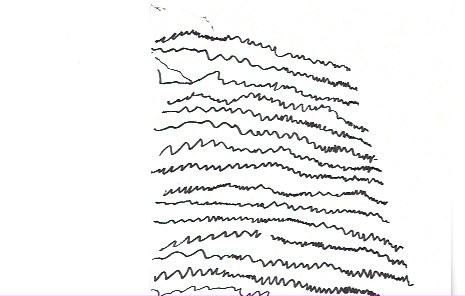
“I am writing no one’s here.”
Children move from left to right, they make marks to represent thoughts, they begin to break words with spaces, they begin to form letters, they make strings of letters, they begin to mark words with one letter, then more.
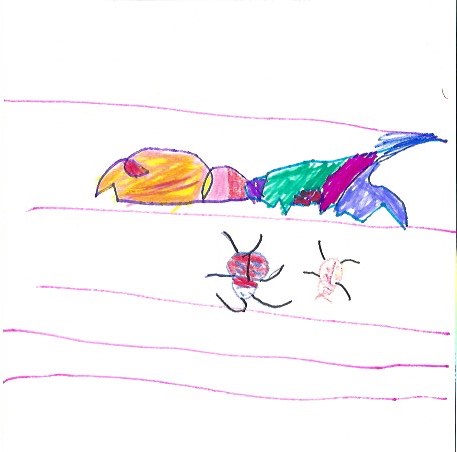
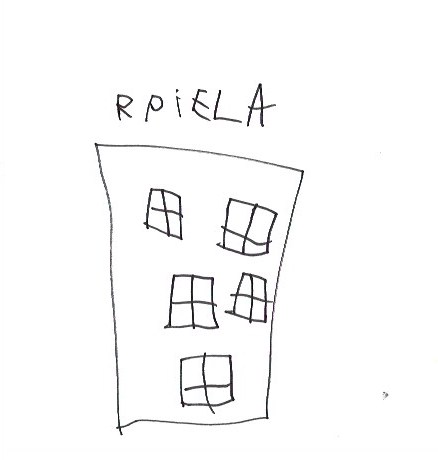
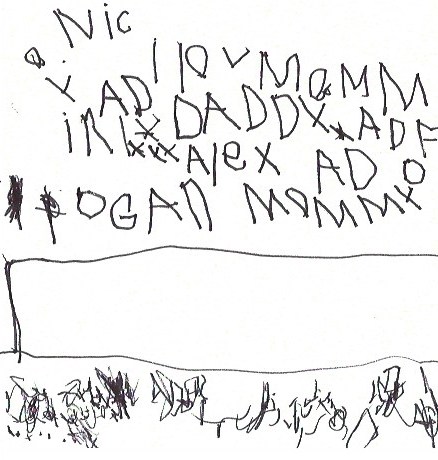

As children write they continually check in with each other to help themselves evaluate what it is they have marked. They are seeking feedback. Do you see what I see? Does that look right? What comes next? They begin to consider what helps them read back what they write. Below, Elliott and Marky write down our small group lists, copying names from our snack magnets. Together they work to make sure the marks will be clear.
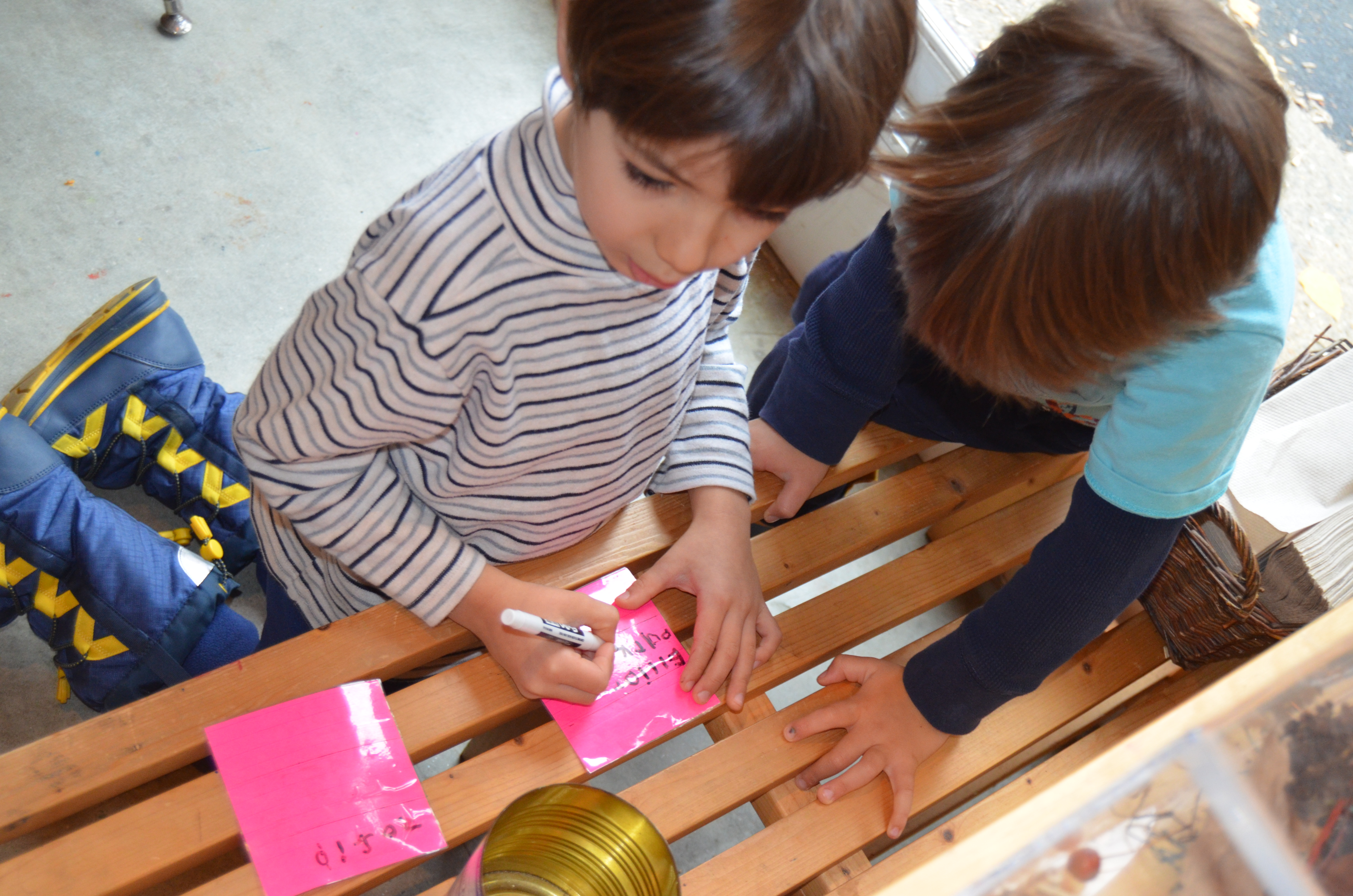
Avia writes her name several times over. She reads her words aloud to Lauri. Her intonation reflects her play and understanding of an exclamation mark.
